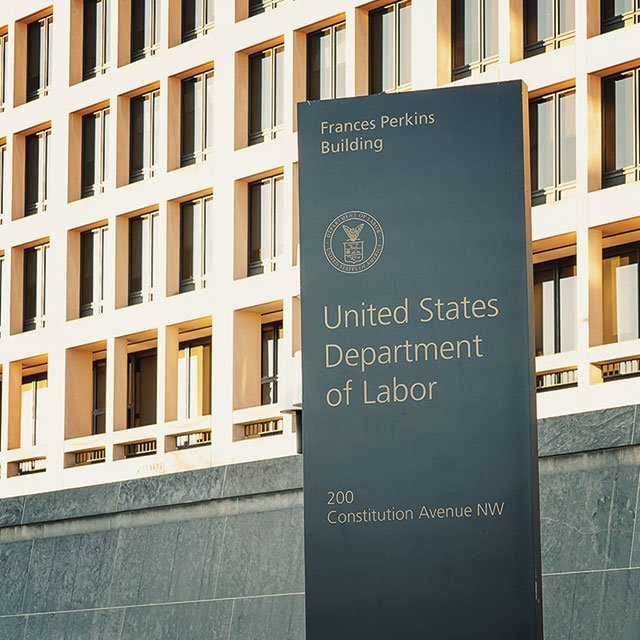DOL's New Rollover Rules Are Coming. Here's How to Be Ready

What You Need to Know
Most parts of the prohibited transaction exemption took effect on Feb. 16, 2021.
But the DOL agreed not to enforce until June 30, 2022, the specific rollover documentation and disclosure requirements.
July 1 is the deadline for internal rollover analysis and corresponding disclosure requirements to commence.
The Department of Labor’s Prohibited Transaction Exemption 2020-02 became effective on Feb. 16, 2021. But the Labor Department provided transitional relief through Jan. 31, 2022 — as well as specific relief until June 30, 2022, which is important for advisors to know.
Mainly, the DOL agreed not to enforce until June 30, 2022, the specific rollover documentation and disclosure requirements (i.e., internal rollover analysis and corresponding reasons for rollover recommendation) as required by the PTE.
Rollover Background
If an advisory firm recommends that a client roll over their retirement plan assets into an account to be managed by the firm (including from a current IRA), this creates both a conflict of interest and a prohibited transaction under the above-referenced PTE if the firm will earn new (or increase its current) compensation, or derive some other added economic benefit from such a rollover.
In conjunction with any such rollover recommendation, the firm should rely on the PTE exemptions below. For an exemption, the firm will need to demonstrate and document why such a recommendation was in the client’s best interest, which can include the client’s receipt of added services (i.e., planning and consulting services), lower fund expense ratios, more advantageous fund selection, etc.
Compliance with Impartial Conduct Standards is achieved by:
Providing investment advice that is in the client’s best interest.
Charging only reasonable compensation.
Making no materially misleading statements about the rollover and corresponding investment transaction(s).
Seeking to obtain the best execution of the investment transaction(s) reasonably available under the circumstances.
Further, the firm will need to provide a written fiduciary acknowledgment. This means it needs to provide a corresponding written disclosure to the client acknowledging that the firm and its representatives are fiduciaries under ERISA, the Code or both, as applicable. A written description regarding the services to be provided and the firm’s (and representative’s) material conflicts of interest must also be provided to the client.




